
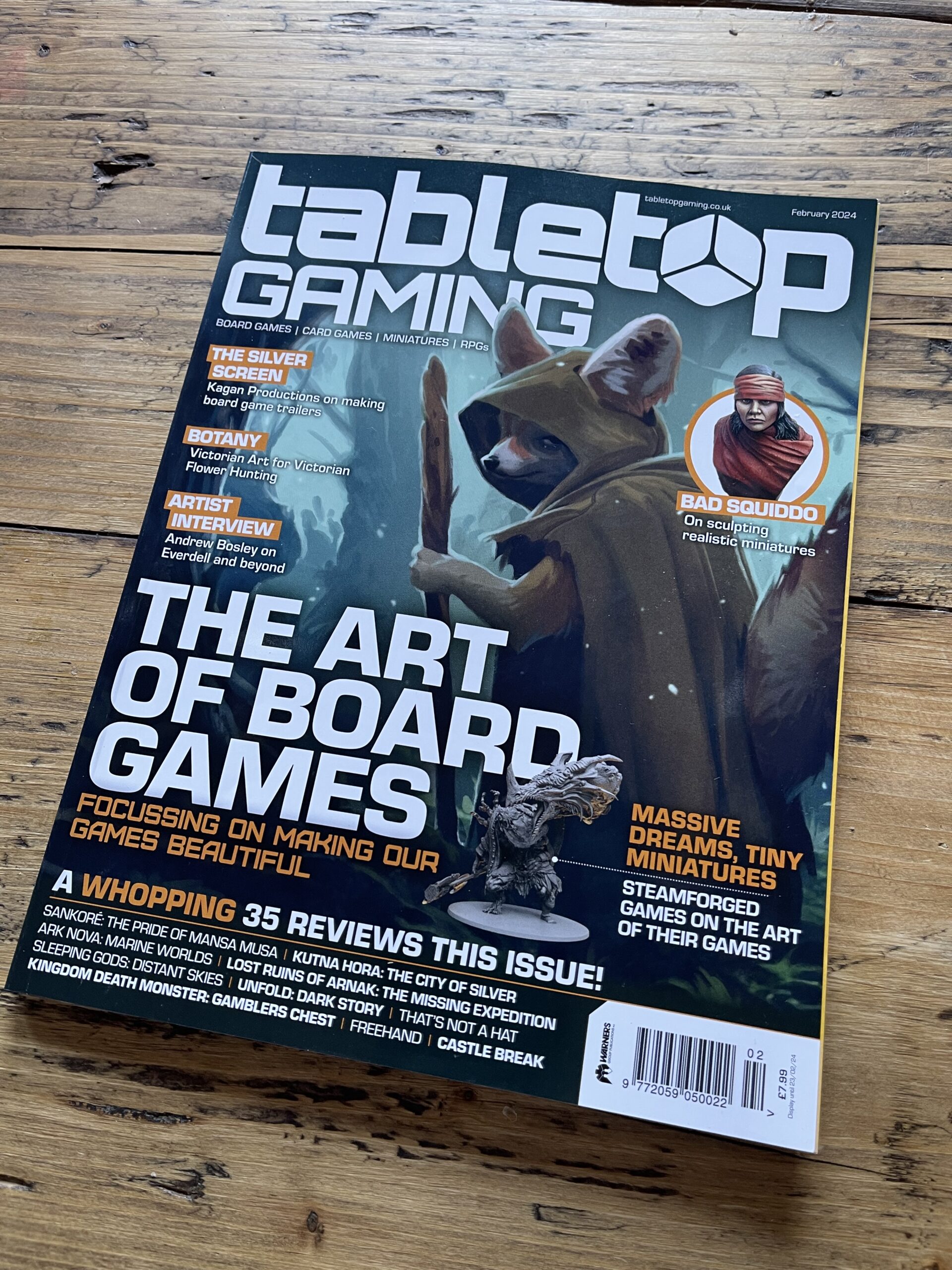

Hi!
I’m Jamie. If we haven’t met yet, I’m a fantasy artist with over a decade of experience working in the publishing and board games industry. I illustrate tabletop games and RPGs and book covers. I was excited to be asked by the editor of Tabletop Gaming, Charlie Petit, for an interview about my journey to become a freelance board game artist for the leading tabletop gaming magazine called… Tabletop Gaming. Below is the full interview.
How to become a freelance board game artist
Hi Charlie/TTG Magazine! I’m Jamie Noble Frier, more often known as The Noble Artist (https://thenobleartist.com). I’m UK based and have a small creative studio in Horsham, Sussex. I’ve been working as an artist in games for about thirteen years. I’ve worked on the Warhammer IPs, Gloomhaven, Thunderstone Quest, League of Legends and plenty of other bits. I love working with indies too. A few folks might know me from the tabletop game I designed, illustrated and published myself, Hero Master: An Epic Game of Epic Fails. I also wrote a passionate love letter to Mage Knight (my favourite board game) that was leaked and savagely published by none other than Tabletop Gaming (how could you?!).
Designing art for a board game
- As a freelance board game artist, what’s the process for your art creation – presumably a company approaches you, how much freedom do you have to create? How specific are your briefs generally?
Freelancing is great because you get such diversity in the projects you’re approached with. That leads to varying approaches to projects, based on what the client needs. Briefs can be anywhere from a sentence or a full art-list, with detailed descriptions and reference images. So long as the brief matches the client’s expectation, I’m always happy to work with whatever I’m given. If I get a loose brief and I get full creative freedom which can be a lot of fun. It’s also really satisfying to work within set boundaries, because you’re not working with a niggling doubt in your mind as to what direction to take. The tricky ones are when clients present a loose brief, but actually have a very defined idea of what they want. I’ve learned that by asking the right questions early enough, and having a friendly back and forth, you can avoid falling into the trap of guessing games and massive reworks. That’s just something that comes with experience and the confidence to push for the information you need. As with everything in life, good communication leads to good results. I love nattering away to people and often become good friends with clients along the way, so it’s the perfect approach for me.
How much will the illustration change from the beginning concept to the final idea generally?
In terms of the stages of a piece of work, depending on the value of that work to a client, I’ll tailor my approach. Spot art pieces and incidentals, especially if it’s a project I’m already working on, can roll pretty freely. With a good concise brief, and a couple of rounds of feedback early in the sketch these are quite straightforward.
More significant pieces, such as a box cover, would probably warrant a video call to discuss ideas and compositions. With these pieces I quite like to share my screen on the call and throw together a messy compositional sketch, blocking out items, maybe even using placeholder images to ideate. It helps the client understand where I’m headed with a particular design. Once I feel like there’s good enthusiasm for a composition I take it offline and noodle in black and white, to a level that shows enough detail that a client can really imagine the final piece. Then that goes to the client for feedback.

It’s in these first two stages where feedback is really important. The initial composition stage has the biggest changes. If you don’t nail the composition right, it’s really hard to make big changes. In the past, I’ve found myself going in circles only to realise that the fundamentals of the image are wrong. No amount of polish will correct that. So I want to make sure that I get all the big changes sorted before I get into the final stages of colour and polish. That detailing bit can be time consuming, so it’s best to only begin that final stage once the structure of the image is in place. Lots of flourishes and details will probably change along the way, sometimes you realise that you need little accents to offset different elements in the image. Sometimes you just stumble upon something which adds to the cool factor of the image (we call them happy accidents). Once the coloured finished piece goes to the client, we check it over to make sure we’re both happy and call it done!
What does a board game artist do?
- What sort of thing do you generally design? I was surprised to see you designed Meeple Source’s Wingspan Birds!
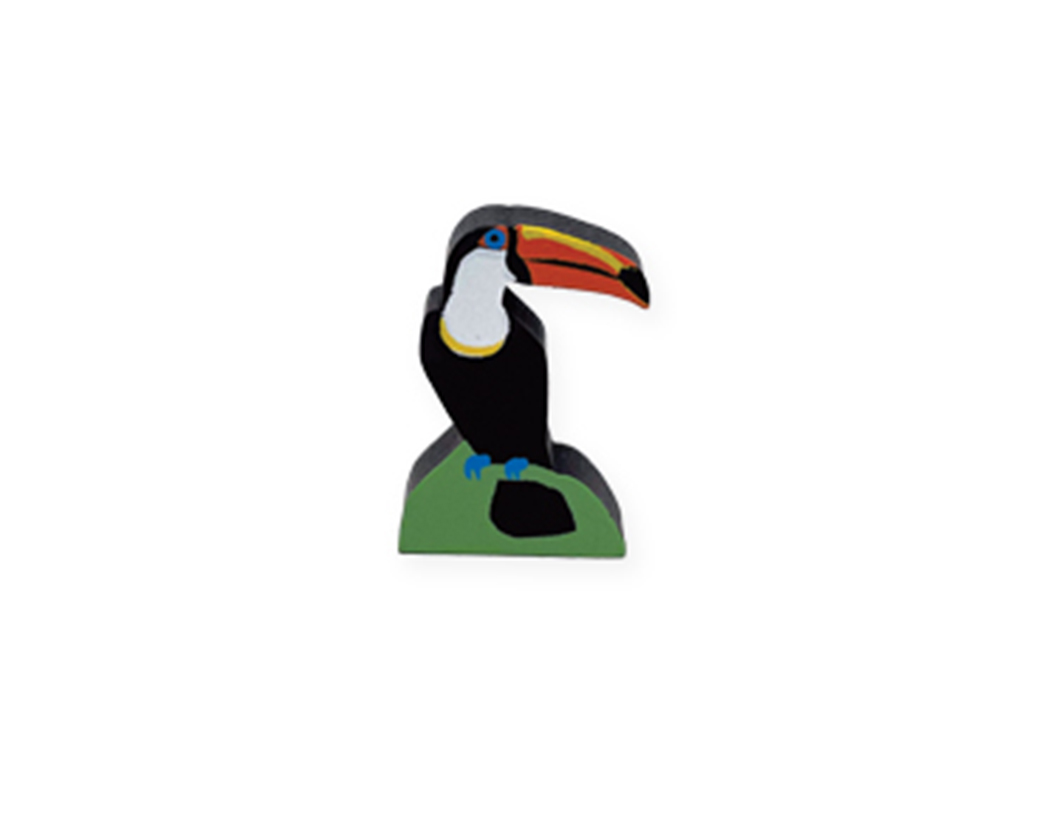
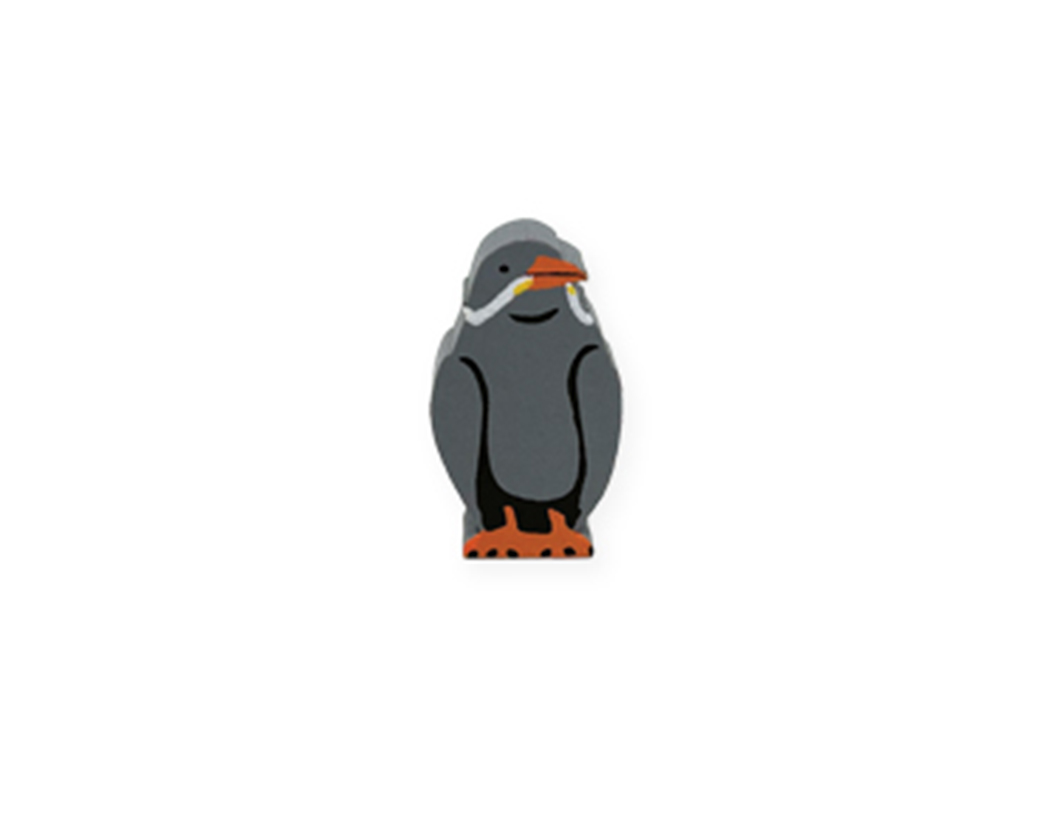
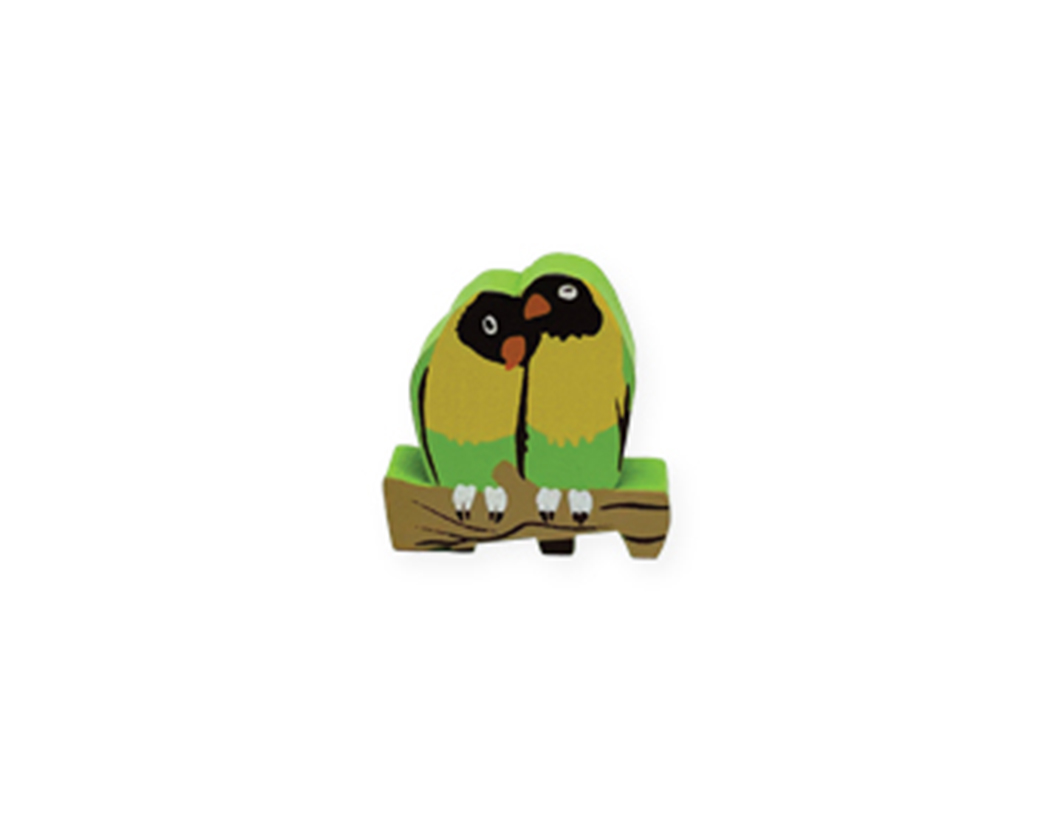
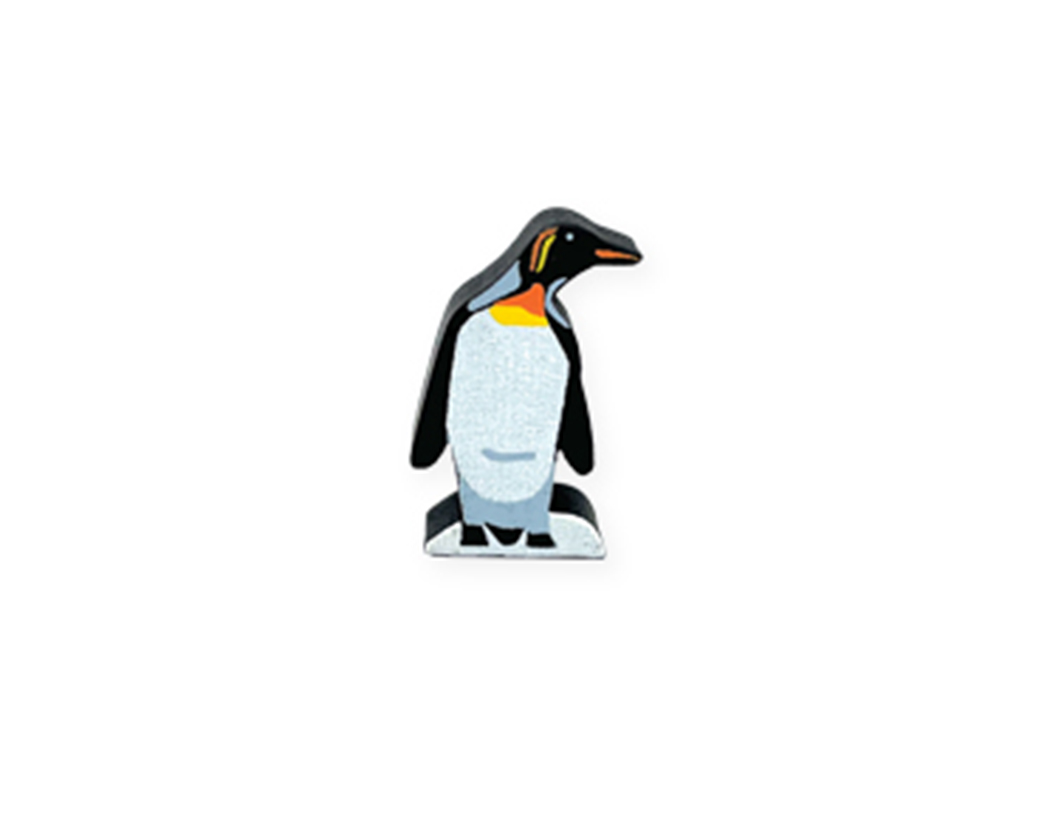
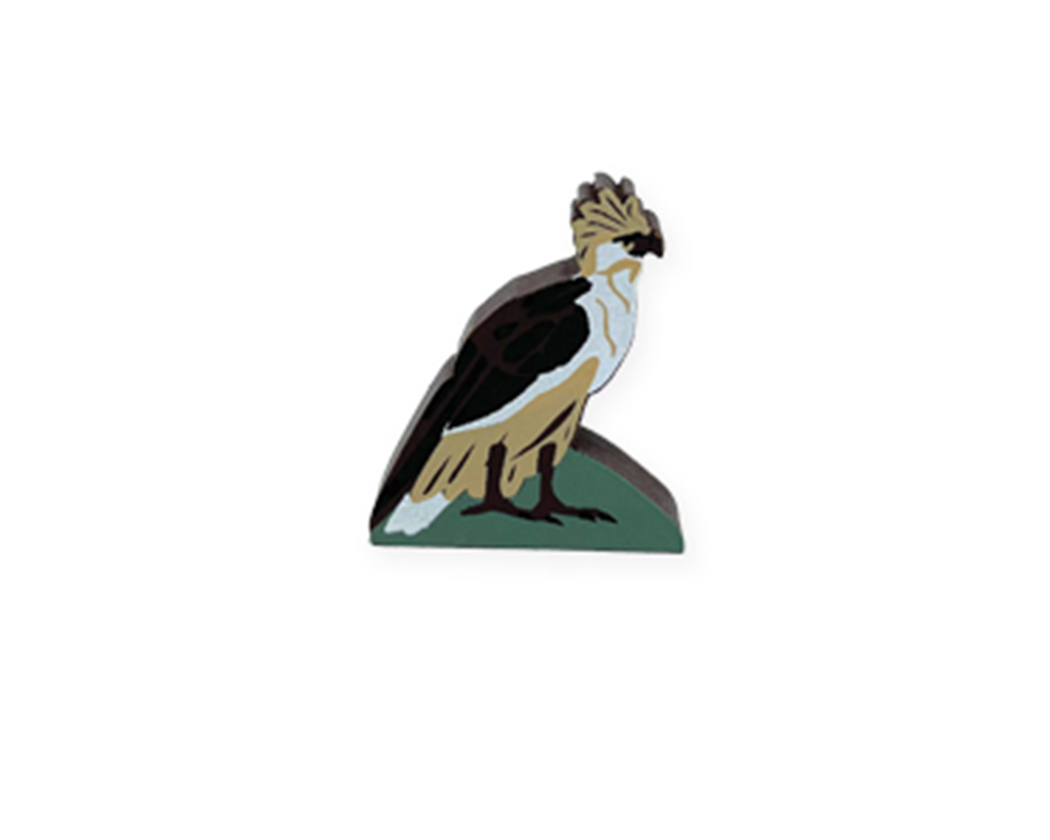
I generally work on fantasy artwork for RPGs, novels and tabletop games, but I also work on horror and sci-fi stuff too. Oh and historical stuff, it’s similar to fantasy but a lot more strict in terms of accuracy! I love a bit of medieval history though, so it’s fun to binge a bit of research. I don’t really get into much romance stuff unless it’s pretty niche! I did a cover for a dragon romance book fairly recently… that was an interesting one (Thanks Tim Baird)! I also occasionally get called up to work on corporate bits and bobs, but there’s not many dragons or goblins in those industries. So most of my work is in publishing and games. That extends to some cool non-fantasy stuff that I do too, like Meeplesource’s Wingspan stuff. I’ve been working with Meeplesource for years now on all sorts of meeple for different board games. I like getting sent little samples, they sit on top of my monitor sometimes.
In the tabletop games industry, I work on box covers, card art, spot pieces, mock-ups for examples of play, player boards, the whole shebang! I have worked on some projects exclusively as a graphic designer, but I love the illustration side much more.I tend to have a lot of things going on simultaneously. It works as things need time to get reviewed, or projects are at different stages. Right now I’m working on a DnD campaign module, a fantasy map for a novel, a vampire book cover, a wizardly wand dueling card game (That’s Wizard), something steampunky I can’t talk about, and a Saxon strategy game. I’m also doing a few illustrations for Bright Eye Games’ upcoming board game Battle Dentale.
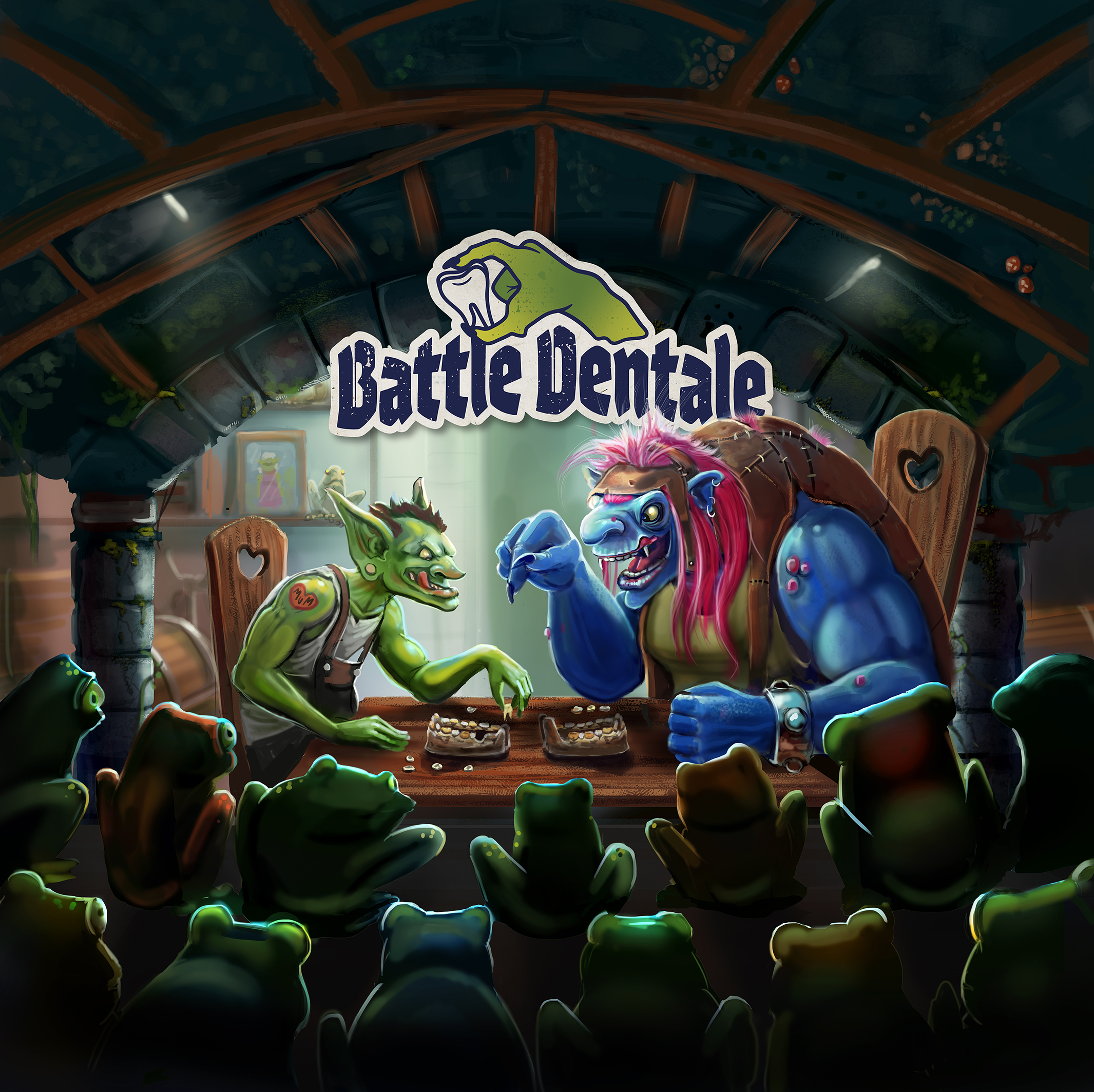
- What medium do you use to create?
The majority of my work is done in Adobe Photoshop. I use it as a digital painting program. I find that I even do my “pencil” sketches in it now as I can just use multiple layers, and iterate on ideas without fear of losing the original in an awful scribbly mess. There’s loads of different ways to create though, depending on the style. Sometimes I’m required to use a mixture of painting and photobashing. Sometimes I get resourceful and create a scene in Flowscape, which is like a little 3D world builder, then set up lighting in it, snap a shot, and then paint over it. I find those techniques more useful in landscapes. Characters, I tend to sketch up normally and paint. I quite like recording myself working and either live streaming or just making videos to show my process. It’s helpful to others, but also helps me review my own journey on each piece.
How to stand out as a board game artist
- What sets you apart from other artists?
I love interacting with people.
I can’t speak for all other artists, but clients tend to feel like I’m a bit more communicative than some other illustrators that they’ve worked with. I think building a rapport with clients results in the best art. Once you get a buzz of excitement around a piece or a project, there’s nothing like it for all parties. It’s like an inspiration drip. So for me the human interaction side is key. People are intuitive and receptive to that kind of energy, and you can read a piece of art and pick up on it. I think that’s why, despite understanding the appeal of AI artwork, I don’t think artists will be fully replaced. I’m looking forward to reading your piece on AI artwork. It’s such a contentious topic right now. I don’t use AI, I like to allow my own experiences to define an image, which leads me onto the real difference between both individual artists and the difference between human artists and our robotic overlords.
Primarily, I think each human artist is different because every single one of us has had a different ‘creative upbringing’ or ‘artistic journey’. I was a mega Warhammer fan in the mid to late 90s and played Dungeons and Dragons around then too. The artists in all those tomes of rules I pored over religiously, have shaped how I paint today. I also loved Jason and the Argonauts and Labyrinth. I listened to a lot of Iron Maiden and loved my dad’s Meatloaf vinyl artwork… All of those things build up in each individual artist to add little accents to how they might visualise a scene. Their likes and dislikes, their comfort zones, and their challenges. I think that’s why artists will always differ, because every single one will have seen something that sticks in their head and defines their thought process.
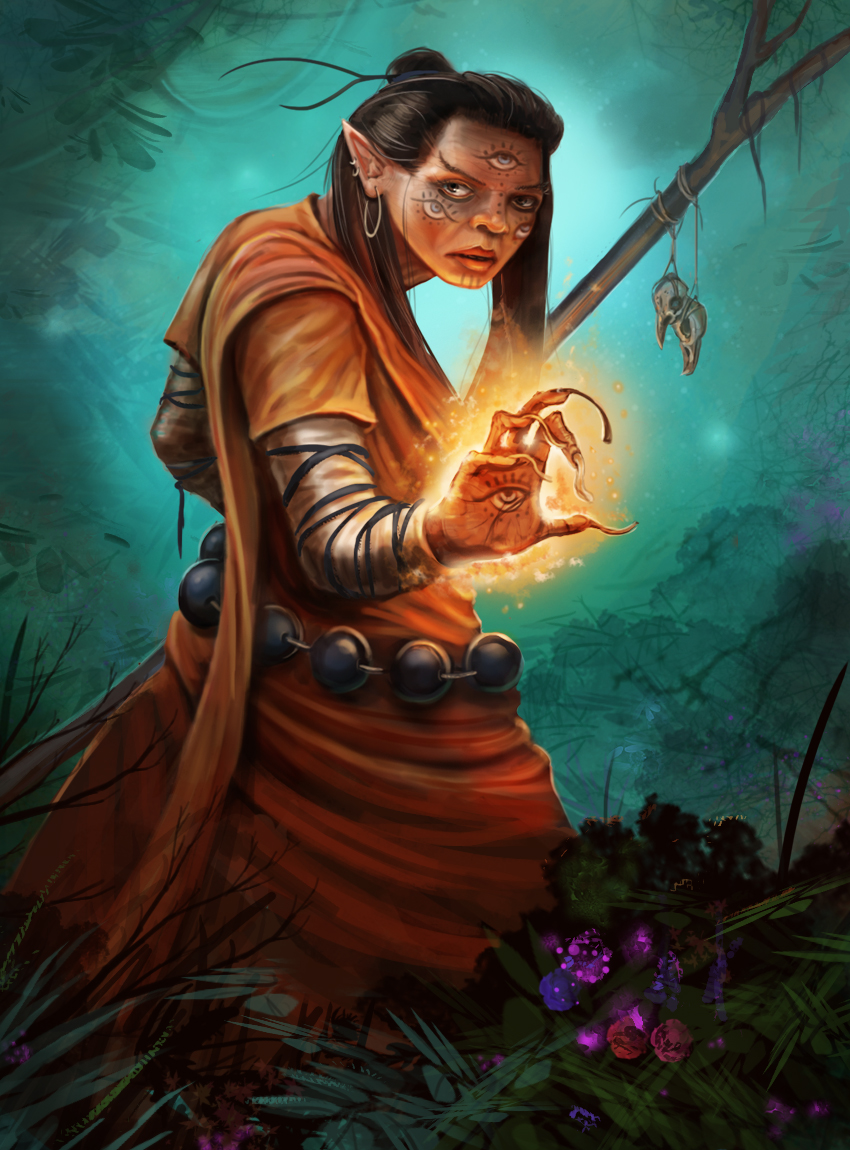
Is it fun being a board game artist?
- What was your favourite tabletop-related piece to work on?
Accolade wise was really proud to get work illustrating Warhammer Fantasy pieces for Cubicle 7’s Warhammer Fantasy Roleplay game. It was a real holy grail moment. If someone had told me at thirteen years old that I’d be working on Warhammer work, I’d have lost my mind. Being asked to do a piece for Gloomhaven (I’m not allowed to show that off just yet…) was a real moment of vindication that I had made the right career choice… I took a risk leaving a steady job to retrain as a digital artist, but I just can’t imagine doing anything different now.
My favourite pieces often stem from when I’ve been really excited by the brief or if I feel like I’ve leveled up my skills. I’m always trying to get better. I think that’s the draw of the creative industries. As everything is subjective, there’s no pinnacle. You’ll never be as good as you want to be, even if you’re at the top of your game. You’ll always want to be better. It’s exciting and addictive. Often you’ll hit periods of plateau and something will suddenly click into place, and you’ll notice a big change. I’ve had a few recently that made me look back at the difference a few years can make. A cover piece I did for Arch Mage Press of a skeleton tomb guarded by a manticore was a really fun piece. I loved that composition, and kept adding little details that just boosted the whole scene. I did a piece called “The Clairvoyant” (also a great Iron Maiden song) for Thunderstone Quest by AEG, that I really loved the colours on. I’ll always love the first box cover I did, which was for Perdition’s Mouth by Dragon Dawn Productions. There’s a lot going on in it, and I loved those really busy fantasy pieces growing up.
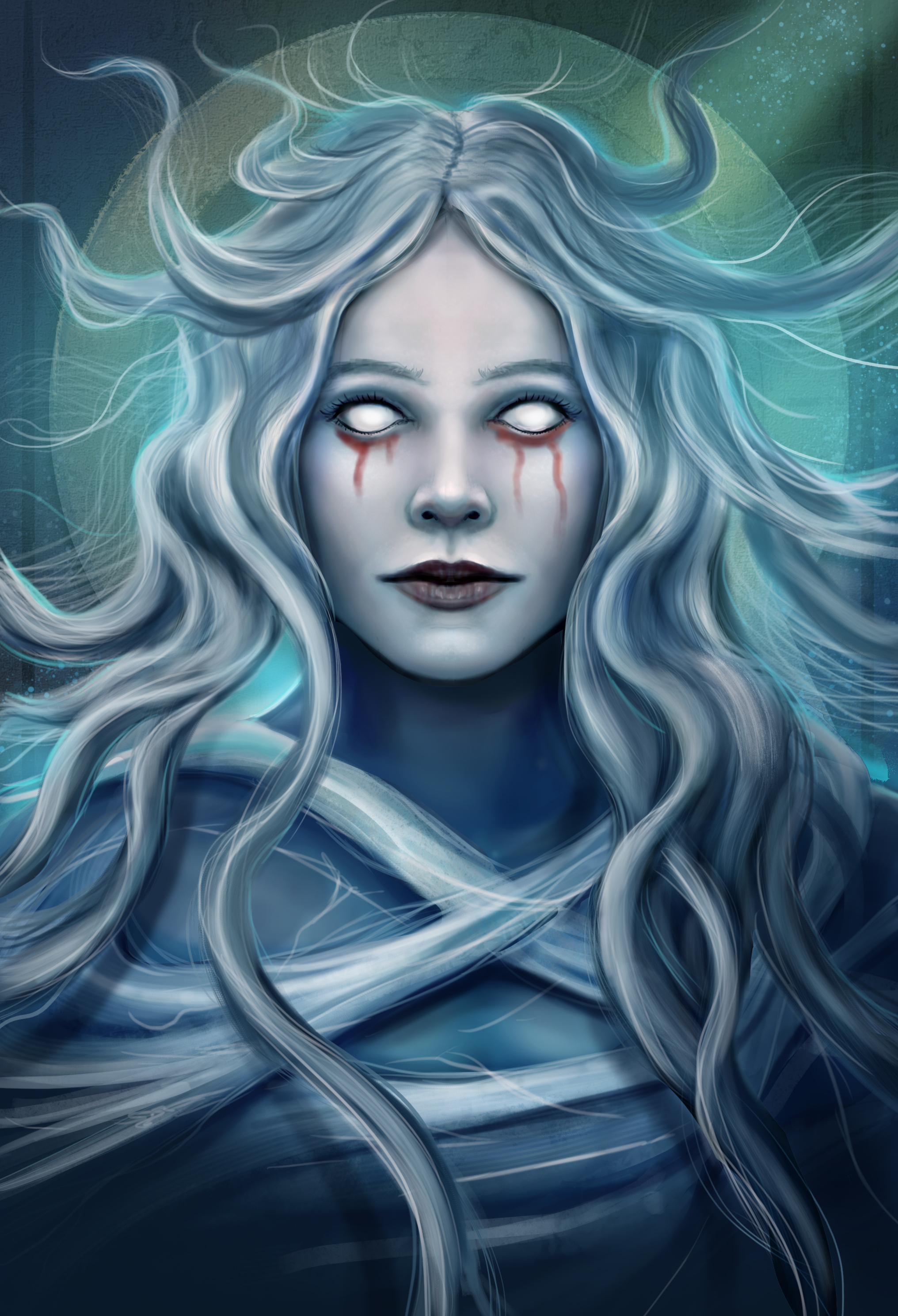
- Why are Dragons the best thing to draw? (Or, what’s your favourite thing to create, or a request that gets you excited to complete?)
Haha a very good question.
I think it’s because they’re such cornerstones of the fantasy genre. They vary so much too. I did some really fun black and white illustrations for a kind of dragon field guide a year or so ago, each of the briefs was like a paragraph from a biology textbook. It was really cool. Maybe we like them because they’re fairly believable as a species. They don’t seem too far-fetched. It was only a few million years ago that we had big old reptiles wandering about eating mammals. You can almost imagine a species of dinosaur surviving and becoming what fantasy land would call a dragon, just like crocodiles did! In fact I’m talking myself into becoming a believer… Where’s my broadsword… (and my tin foil hat)? I love Ralph Horsley’s dragons. I’ve enjoyed watching him draw them live at UKGE. He gets so much character into them.
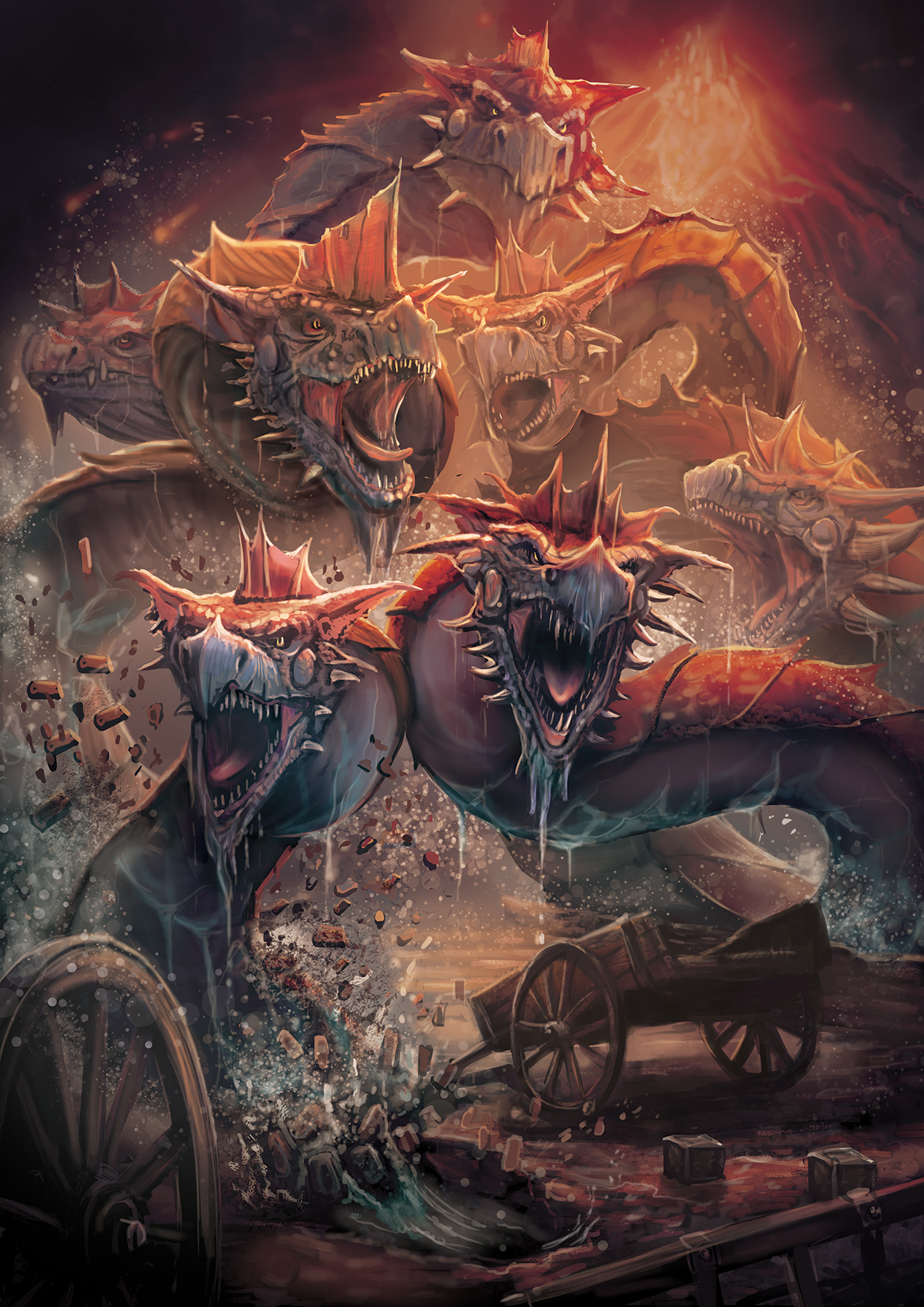
- Have you ever left, or been tempted to leave easter eggs in your work?
I’ve snuck my initials into a few designs before, but do you know what… I’m going to do that more. Maybe I should try and plonk my face into crowded scenes a bit more too. You might have started something here… I’m holding you responsible for whatever happens next!
The Future is Noble
- What’s next for you?
Easter eggs in artwork for a start… Haha. To be honest, this year, I’m really excited about levelling up The Noble Artist. Often it’s hard to balance the art commissions and all the extra bits, social media, growing the company, all that stuff. So this year I’m dedicating a bit more time to interacting with the people who enjoy my work and showing it to people who may not know me. As I mentioned before, I love that part of the job, the communication bit. I think it leads to loads of exciting opportunities too. I’d like to do more speaking about creative careers, in hope that my decade in the business can benefit others on their way up. So hopefully I’ll see a few more faces at a few more events, or get to talk about my work and the industry as a whole in more Q&As like this! Thanks for chatting to me.
